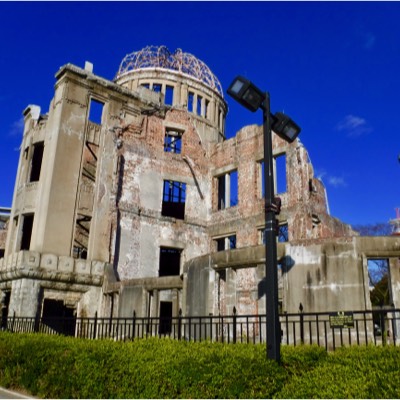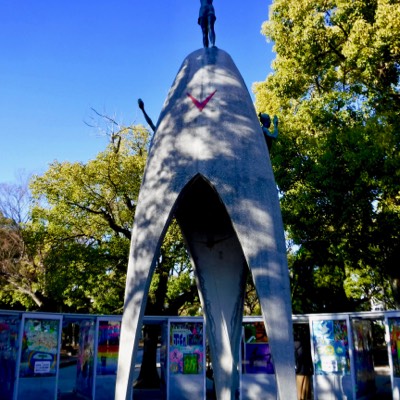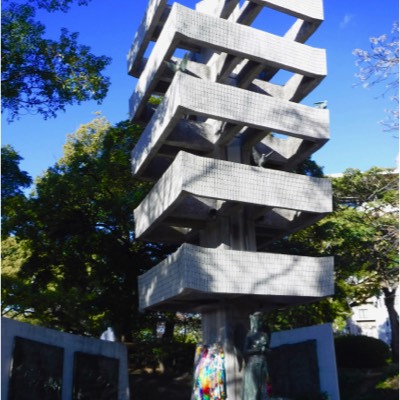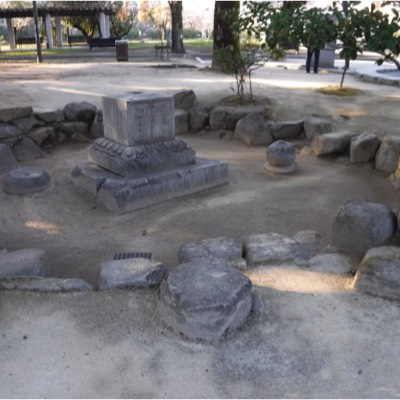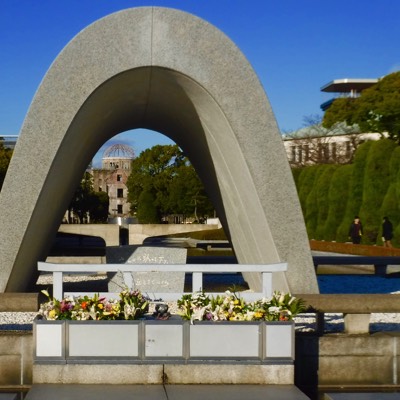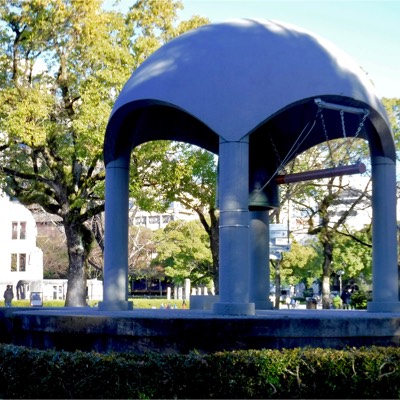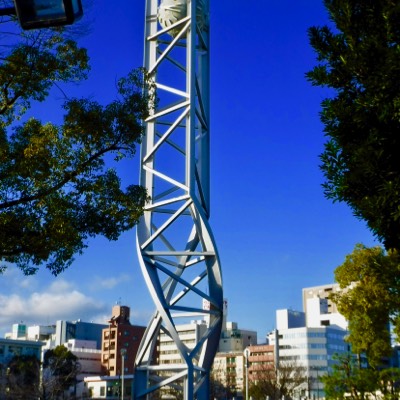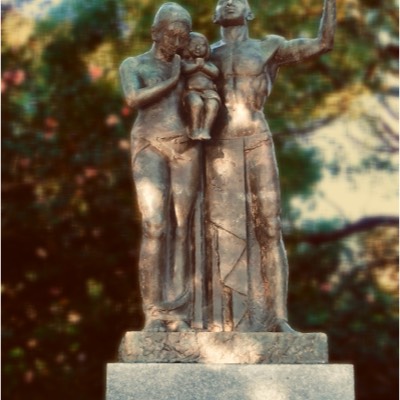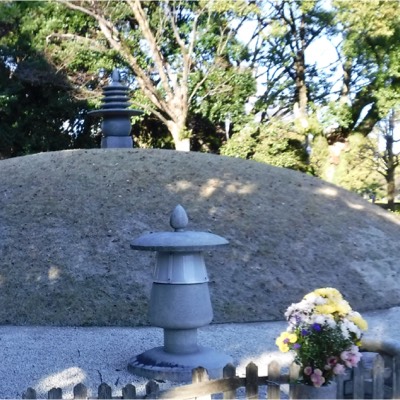A Remembrance Wish for Peace
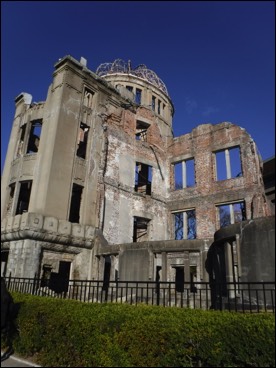
At 8:15 am on August 6, 1945, the first atomic bomb exploded approximately six hundred meters above the Genbaku Dome. Miraculously, part of the building survived and has been preserved as a monument dedicated to lasting peace.
While we in the western world promise not to forget (lest we forget) and honour our glorious dead, the Japanese focus on world peace in their memorials.
The Genbaku Dome is the cornerstone of a series of memorials that tell the story of hope for a peaceful future. The message is clear everywhere. The horrors of nuclear weapons should never again be visited upon humanity. No more war. Peace should be the goal.
There is a sombre mood in the park, which seems to draw respect from everyone around. Julie said it almost brought her to tears numerous times and suggested that anyone thinking of starting a war should first be forced to spend a few hours here.
One moment was particularly moving for both of us. As we approached the atomic bomb memorial mound, which is where the ashes of tens of thousands of victims of the explosion have been laid to rest, we watched as a man sombrely laid some flowers in front. He seemed to be in his mid-forties—too young to have a living memory of the explosion—and he bowed deeply and at length before slowly and sadly moving away.
As we watched this scene unfold, we both had the same thought. Some of his ancestors and relatives are here.
It was a moment that deeply impacted both of us.
As I said, it was a fascinating place to spend the last day of the calendar year. It demanded introspection.
Between us, Julie and I have seen many memorials and cenotaphs to the Boer War, the Great War and World War II. My grandfather served king and country in Africa, Italy and Europe, arriving in France at D-Day plus one.
(In a code they had worked out in advance, my grandmother knew he had gone to France as soon as she received his bank book.)
In all of the memorials I’ve seen (except one), the emphasis is on remembering our glorious dead (which I’ve never understood; how can the deceased be glorious?), or not forgetting.
Until this week, I have never seen a memorial or cenotaph say “no more war.” A friend of mine posted photos from the World War I memorial in France, and included a small plaque that says “no more war.”
But for the Japanese, peace is a societal goal.
Why can’t it be a goal for all of us?
It can. It should. And that is something we should try to never forget.
(If you’d like to learn more about our five-week odyssey in the Land of the Rising Sun, you can purchase our iBook, All Around Japan. With dozens of stories and hundreds of photos from around the country, it’s a great investment for less than five dollars.)
